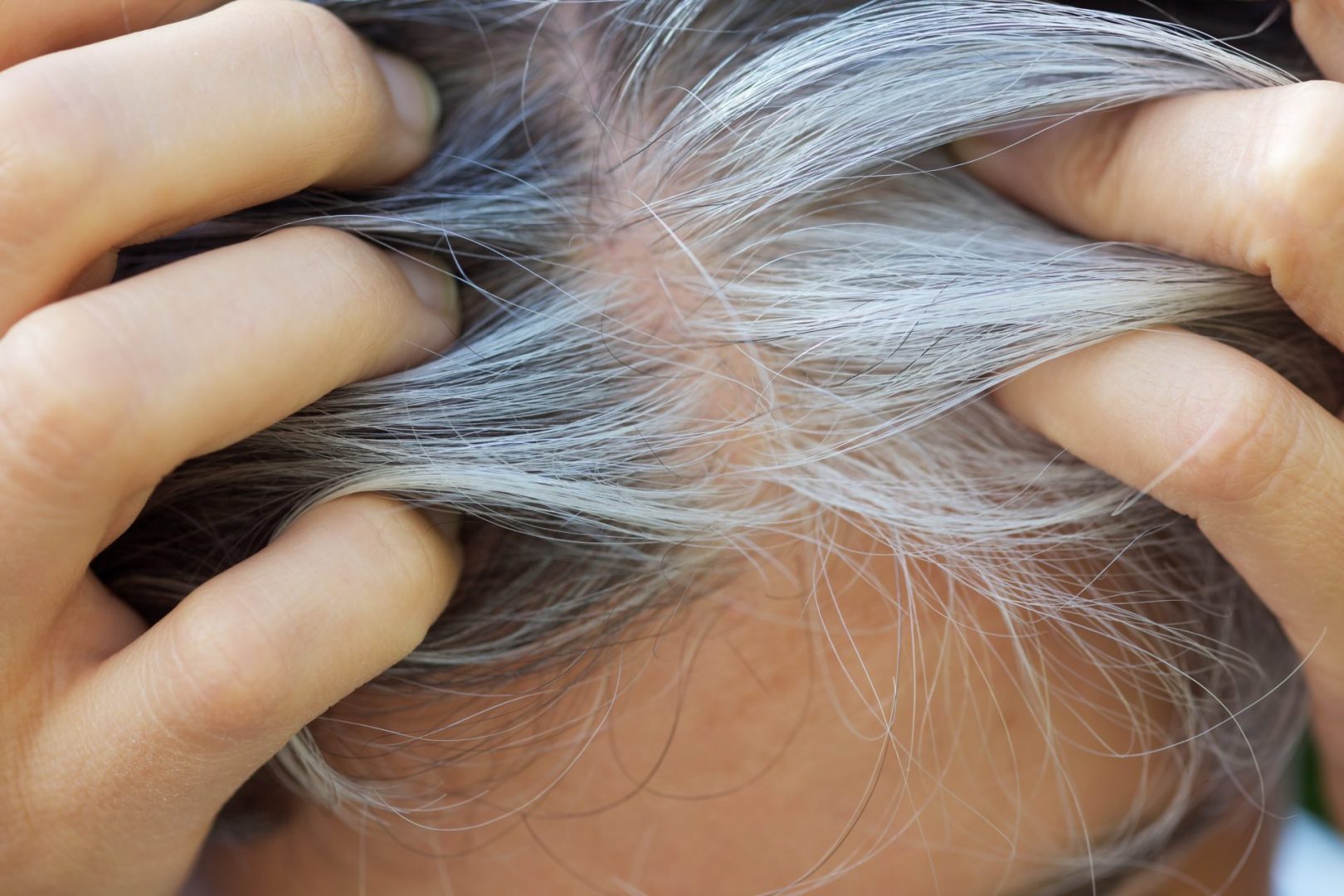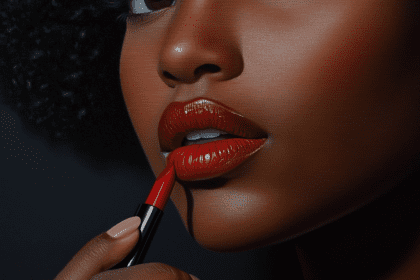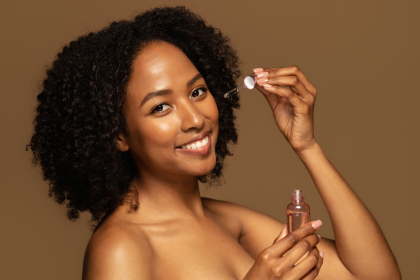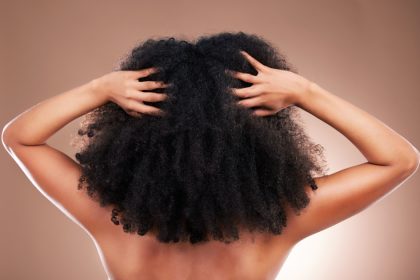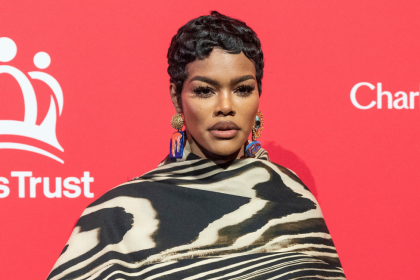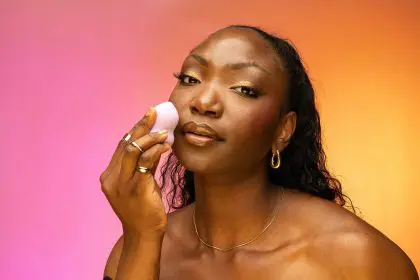Have you ever paused to wonder about the marvel of hair transitioning from a vibrant hue to shimmering silver strands? It’s a natural phenomenon that captivates us all, marking a tangible passage of time. The journey of hair turning gray, while a universal experience, hides intricate layers of science behind its captivating transformation.
Understanding why hair turns gray offers a glimpse into the subtle complexities of our physical existence and the fascinating biological processes happening inside our bodies every day.
The melanin connection
The emergence of gray hair is primarily attributed to a natural aging process triggered by the depletion of melanin. Melanin, the pigment responsible for hair, skin, and eye color, is produced by specialized cells called melanocytes located in your hair follicles.
As we age, these melanocytes gradually reduce their melanin production, causing hair color to shift from its original shade to gray and eventually white. Think of it like a factory slowly running out of ink — the less melanin produced, the less color your hair retains.
This process doesn’t happen overnight. It’s a gradual decline that can begin as early as your twenties or as late as your sixties, depending on various factors that influence your individual timeline.
Genetics holds the blueprint
Genetics plays a significant role in determining when and how quickly your hair turns gray. Family history often dictates the onset of graying hair, so if your parents or grandparents experienced premature graying, you might follow a similar pattern.
Your genetic blueprint essentially contains instructions for when your melanocytes should start slowing down melanin production. Some people are programmed to maintain vibrant hair color well into their sixties, while others might notice their first gray hairs in their twenties.
This genetic predisposition explains why hair graying patterns often run in families, affecting not just timing but also the specific areas where gray hairs first appear.
Stress and lifestyle factors
Contrary to popular belief, stress may not directly cause gray hair, but it can accelerate the process. Stress hormones might interfere with melanocyte function, expediting the graying timeline your genetics have set.
Chronic stress creates oxidative stress throughout your body, including in your hair follicles. This cellular damage can affect the melanocytes’ ability to produce melanin effectively, potentially speeding up the natural graying process.
Additionally, lifestyle choices like smoking and an unhealthy diet could contribute to premature graying due to oxidative stress on cells. Poor nutrition deprives your hair follicles of essential nutrients needed for healthy melanin production.
Medical conditions and treatments
Certain medical conditions and treatments can also influence hair graying. Conditions like vitiligo, an autoimmune disorder where the body attacks its pigment-producing cells, can cause premature graying in affected areas.
Thyroid disorders, vitamin B12 deficiency, and certain autoimmune conditions can also affect melanin production. Additionally, treatments like chemotherapy, while targeting rapidly dividing cancer cells, might affect hair follicles, leading to temporary or permanent changes in hair color.
Some medications can also influence hair pigmentation, though this is typically temporary and reversible once the medication is discontinued.
The plucking myth debunked
There’s a long-standing belief that plucking one gray hair leads to multiple grays sprouting in its place. However, this notion is merely a myth. Plucking one hair doesn’t trigger surrounding hairs to turn gray — each hair follicle operates independently.
However, excessive plucking can damage hair follicles, leading to hair thinning and potentially affecting the texture and appearance of hair over time. It’s better to trim gray hairs at the surface if you want to temporarily conceal them.
The irreversible process
Once a hair follicle stops producing melanin, it typically doesn’t restart the process. This is why gray hair is generally considered permanent. While some people report their hair color returning after addressing nutritional deficiencies or health issues, this is relatively rare.
The melanocytes in your hair follicles have a limited lifespan, and once they’re depleted or damaged beyond repair, they can’t regenerate melanin production. This is different from other cells in your body that can regenerate and repair themselves.
Embracing the silver strands
Gray hair, often perceived as a sign of wisdom and experience, is a natural part of aging. While some choose to conceal it with dyes, embracing the change celebrates the beauty in aging gracefully.
Modern hair care offers numerous options for those who want to enhance their natural gray hair. Special shampoos can prevent yellowing, while styling products can add texture and shine to silver strands.
The key is understanding that gray hair often has a different texture than pigmented hair, typically being coarser and sometimes more fragile, requiring adjusted care routines.
The bigger picture
Why hair turns gray is ultimately a story about the natural aging process and the complex interplay of genetics, lifestyle, and environmental factors. While we can’t stop this process entirely, understanding it helps us make informed decisions about hair care and styling.
The transformation represents more than just a cosmetic change — it’s a testament to the incredible biological processes happening in our bodies and the passage of time that shapes our physical appearance.
Bottom line? Gray hair is a natural, inevitable part of aging that’s influenced by genetics, lifestyle, and health factors. Rather than viewing it as something to hide, understanding the science behind why hair turns gray can help you appreciate this natural transformation and make informed choices about how you want to embrace or manage your silver strands.

